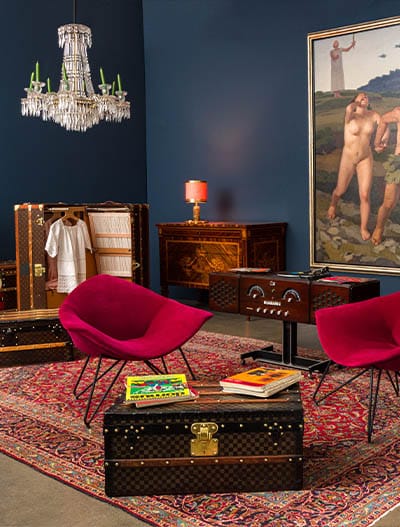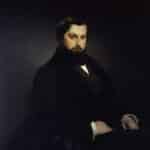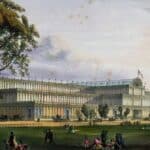The Apostles found
From 22 December 2020 and until 5 April 2021, the Castello del Buonconsiglio in Trento hosts the exhibition “The Apostles rediscovered. Masterpieces of the ancient residence of the bishops “.
The exhibition, curated by the art historian Giuseppe Sava, offers the opportunity to present to the public a pair of bronzes depicting Saints Paul and Philip, recently returned to the collections to which they originally belonged.
The National Museum, which has been located in the Castle since 1924 and which has belonged to the Autonomous Province of Trento since 1973, has characterized and still characterizes its business today for a particular propensity for acquisition policy. In fact, attention is paid to the constant expansion of the collections, with a view to continuous study and research that increase the availability of the usable heritage and its knowledge. Even greater regard is therefore addressed to the acquisition of that heritage that is historically linked to the Buonconsiglio, as in the case of the couple of Apostles.
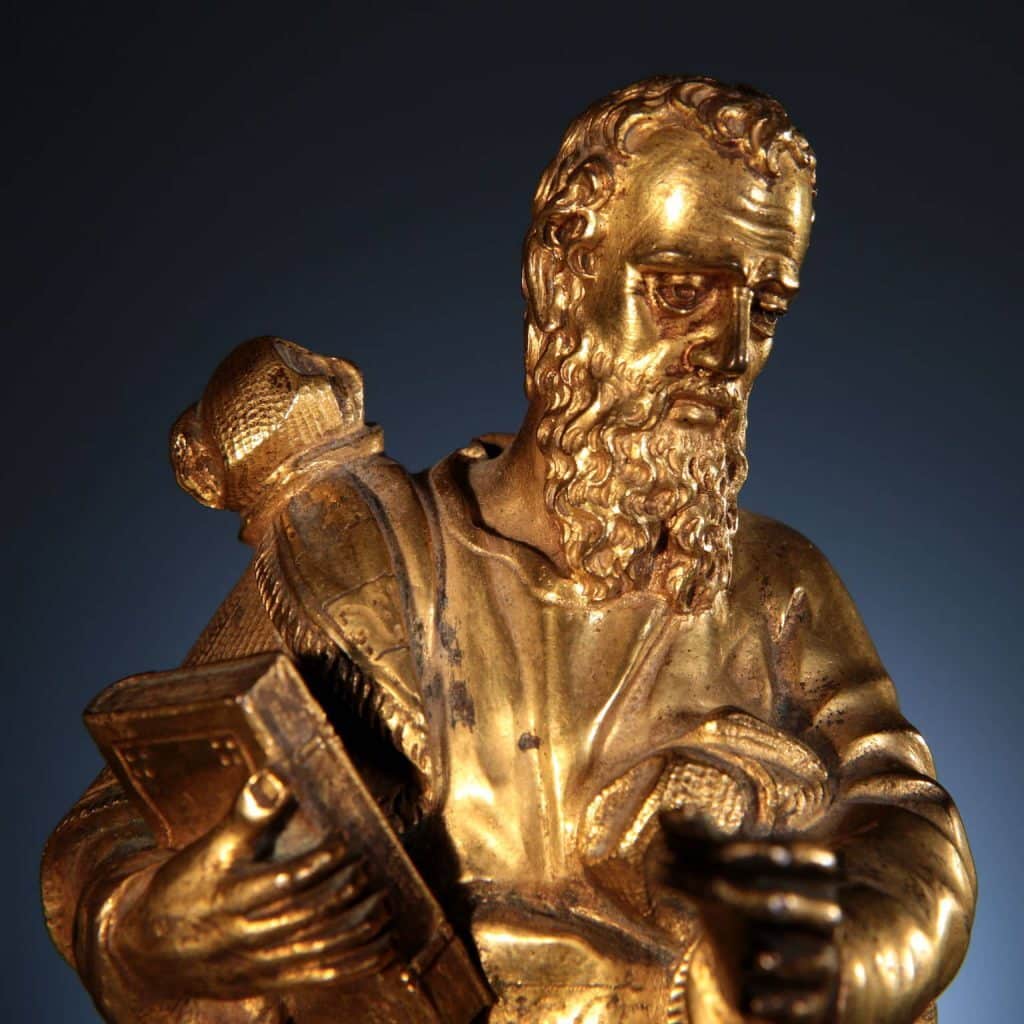
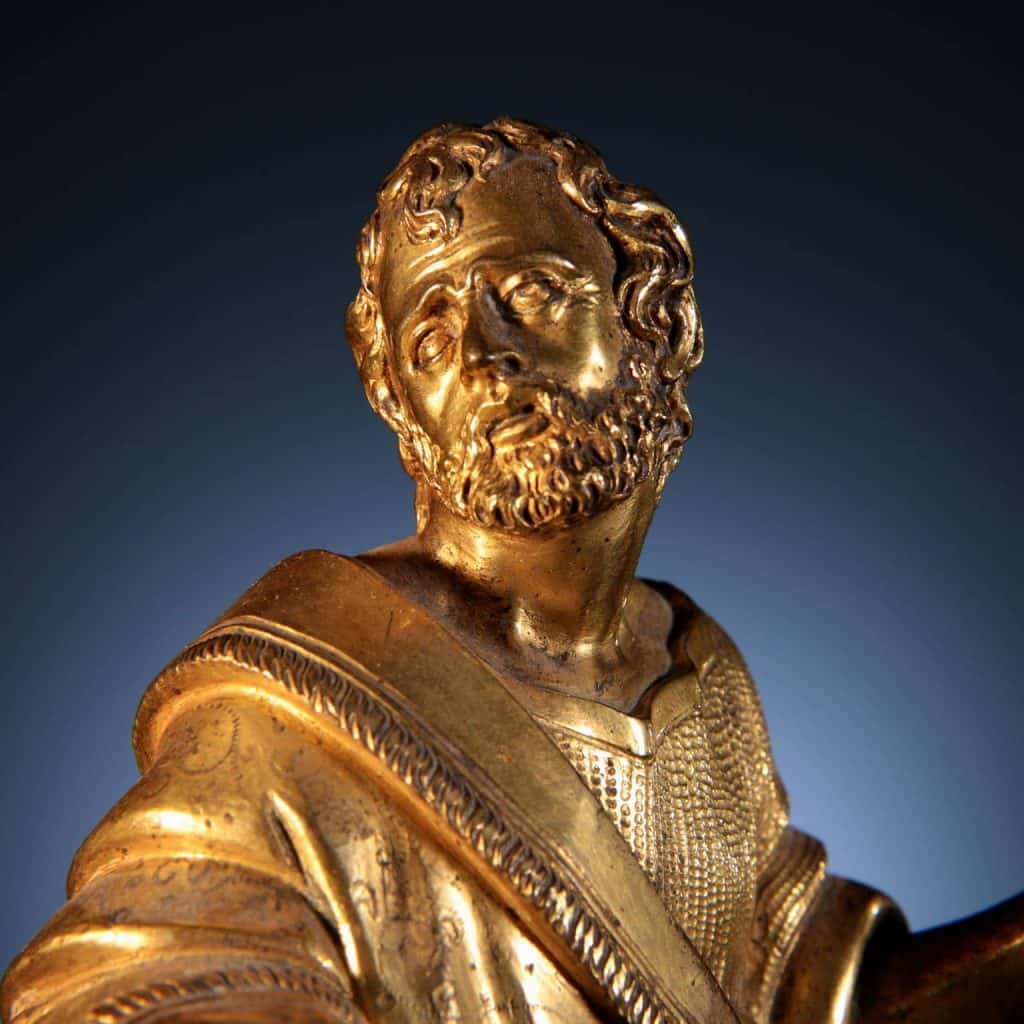
This reunion was possible thanks to the fruitful collaboration with Anticonline by Di Mano in Mano, at whose gallery Giuseppe Sava was able to view the two Apostles, identifying them thanks to the comparison with a photograph from the early twentieth century, in which eight bronze statuettes are portrayed. , depicting Christ and seven of his disciples.
Those at the ends are, precisely, the St Paul and St Philip found and the subject of the exhibition. This important photographic documentation made the recognition possible, starting the studies and research that allowed the reconstruction of the provenance, the critical fortune and also the presumable attribution to the hand of Nicolò and Sebastiano Roccataglia.
The sale of the pair of bronzes was immediately accepted, by the director of the Museum Laura Dal Prà, as an exceptional reunion between the artifacts and the place where they were probably kept at least until the beginning of the nineteenth century.
This “return home” was also an opportunity to personally accompany the two little saints to their homeland in Trentino, taking the opportunity to visit the grandiose monumental complex of the Buonconsiglio Castle and the vast collection it houses. A noteworthy feature is the particular attention and care that is dedicated to the exhibition itinerary and the preparation of the numerous rooms. Valuable is the attention to the enhancement of the single work, without ever separating it from its context of belonging, a real fil rouge that binds together all the artifacts that are presented here with the history of the expansion that has affected the Castle over the centuries. .
Great consideration is also given to the artistic forms defined as “applied arts”, once too often and improperly understood with an almost negative meaning, relegated to the background compared to sculptural and pictorial works, according to a concept that is now fortunately outdated.
The two Apostles, belonging to this typology, therefore find a more than worthy placement at this important museum institution, not only as a place of origin,
but also for the great care that is given to them as cultural assets bearing witness to civilization.
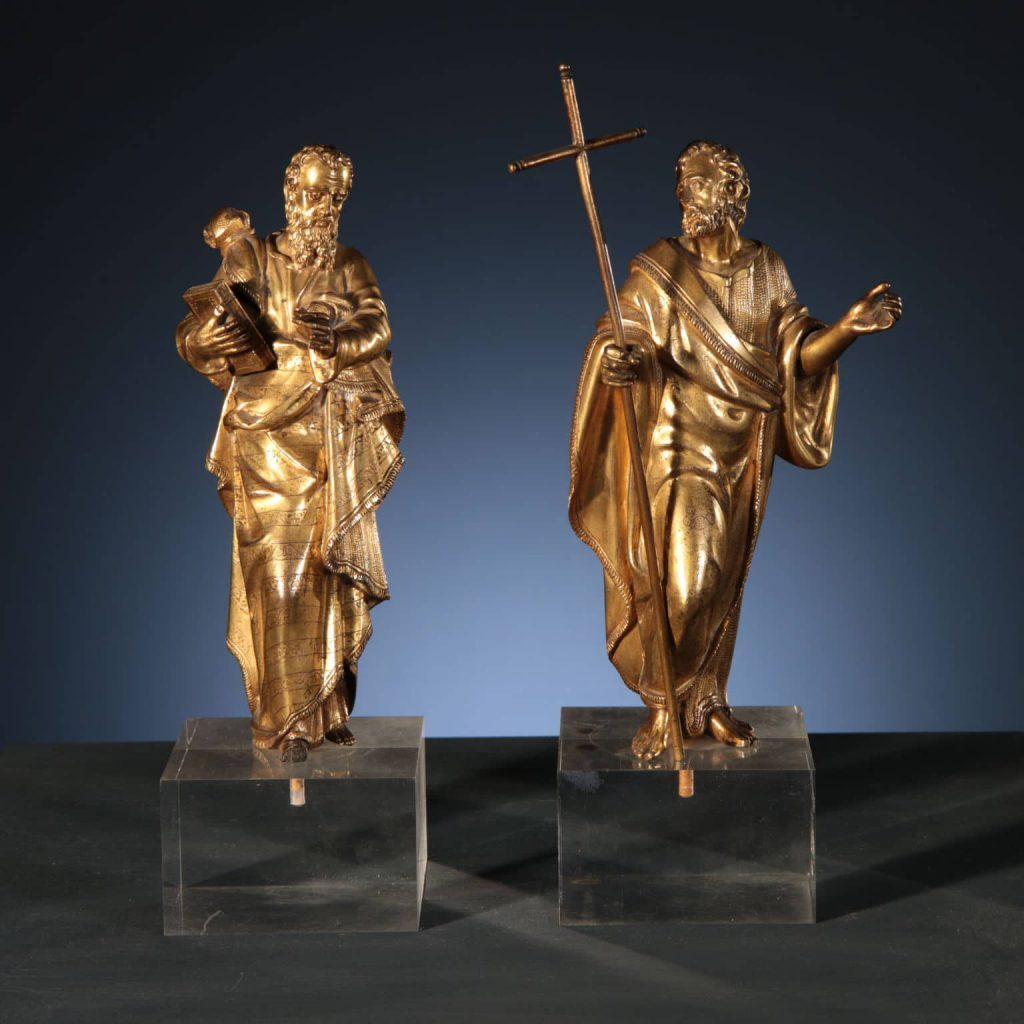
Following the temporary closure of the museums due to the health emergency, in recent weeks the museum has proposed an interesting multimedia review “face to face”, with the aim of presenting video insights on the exhibition itself and on the lucky story of the two bronzes.
You can see the official presentation of the exhibition on the Castello del Buonconsiglio website at this link.
Finally, the Museum has reopened visits to those in the region who would like to participate in this significant event in the presence, we invite you to participate.
